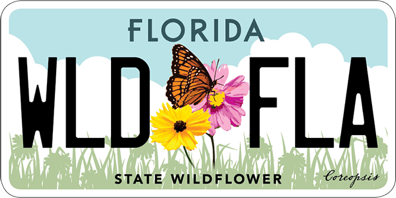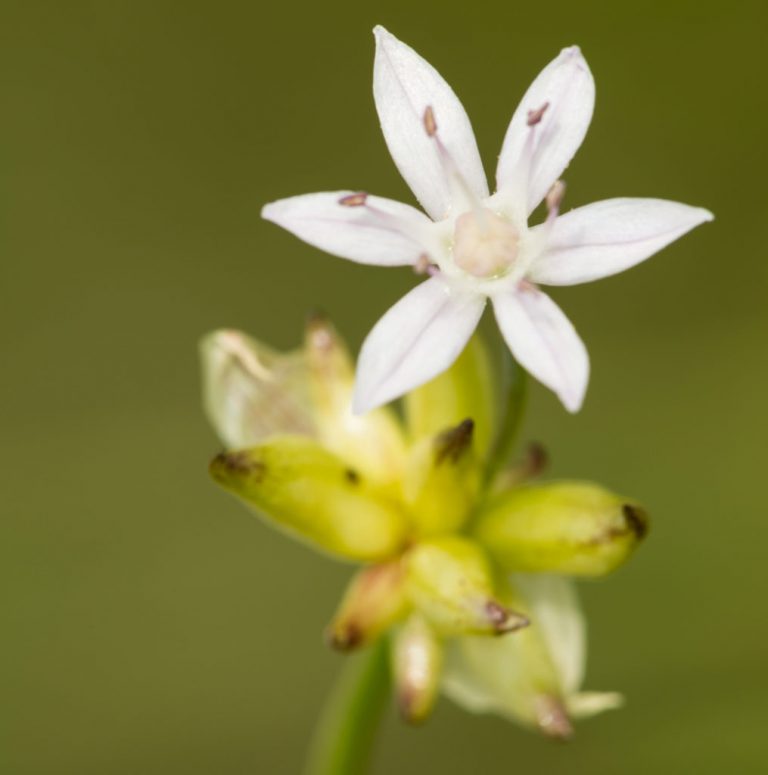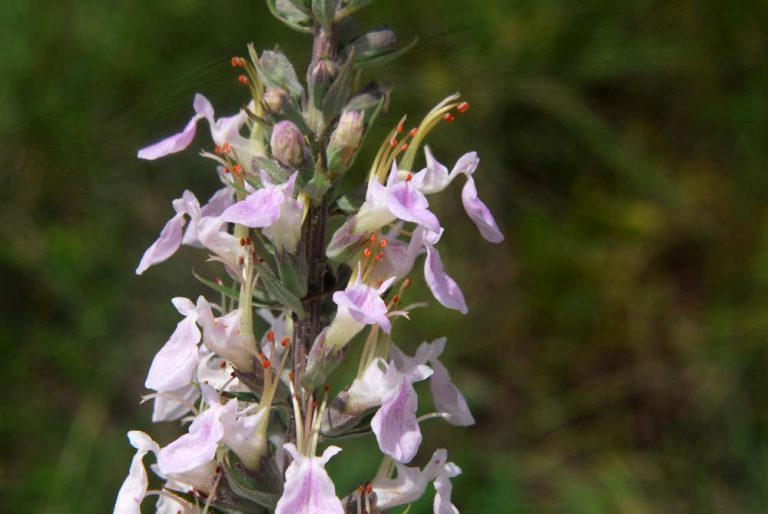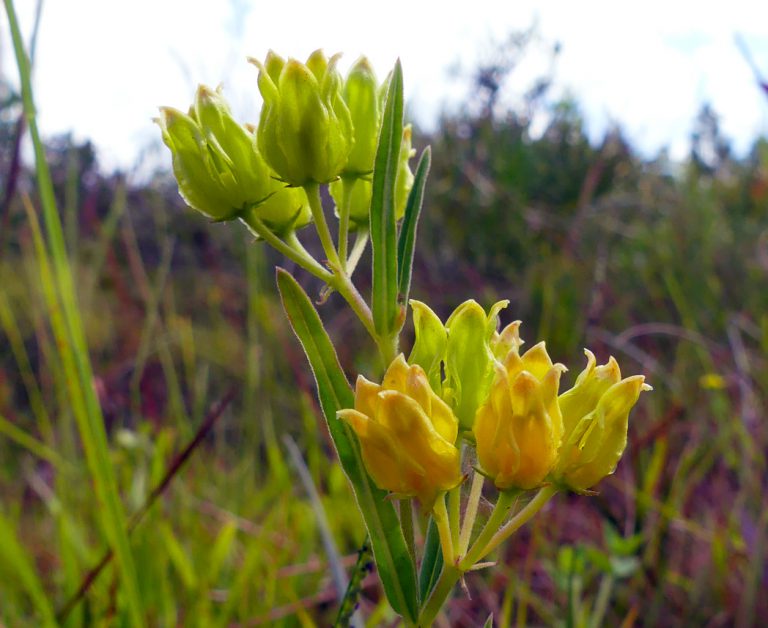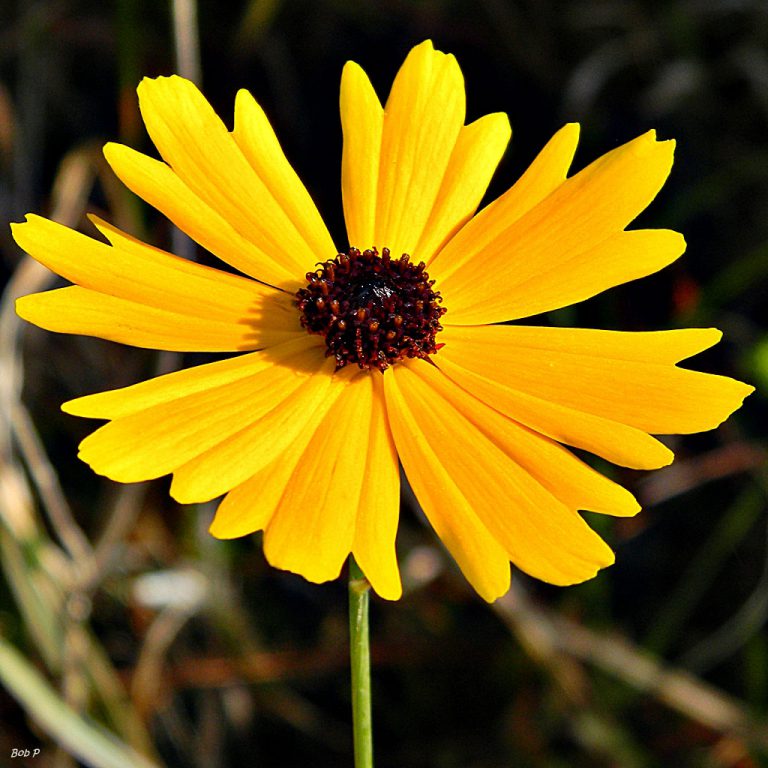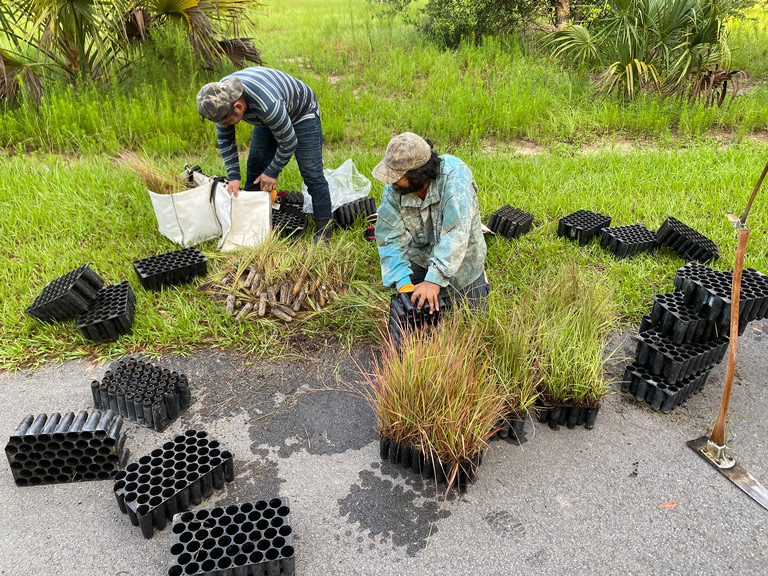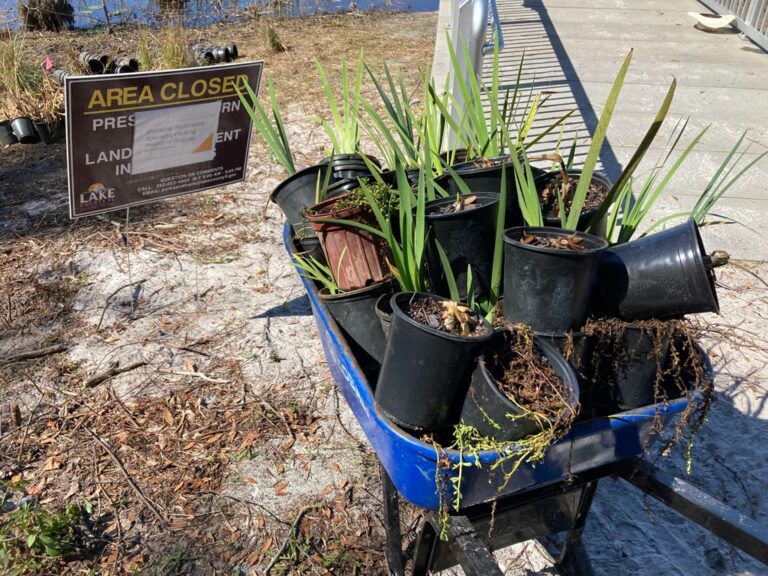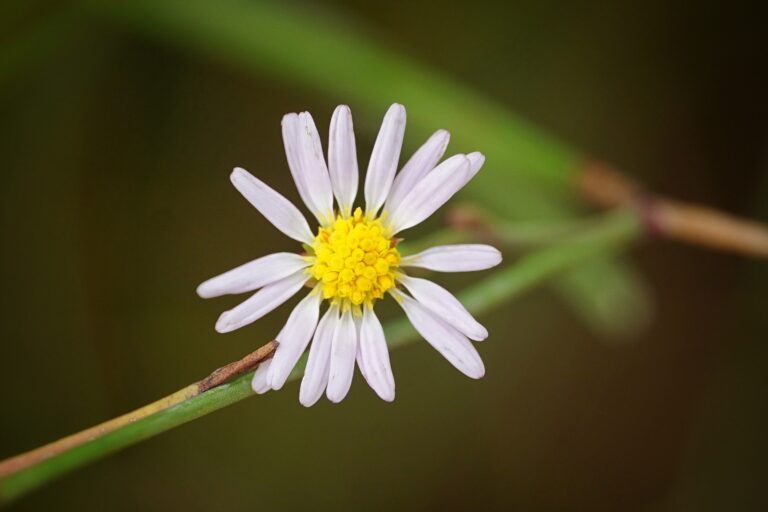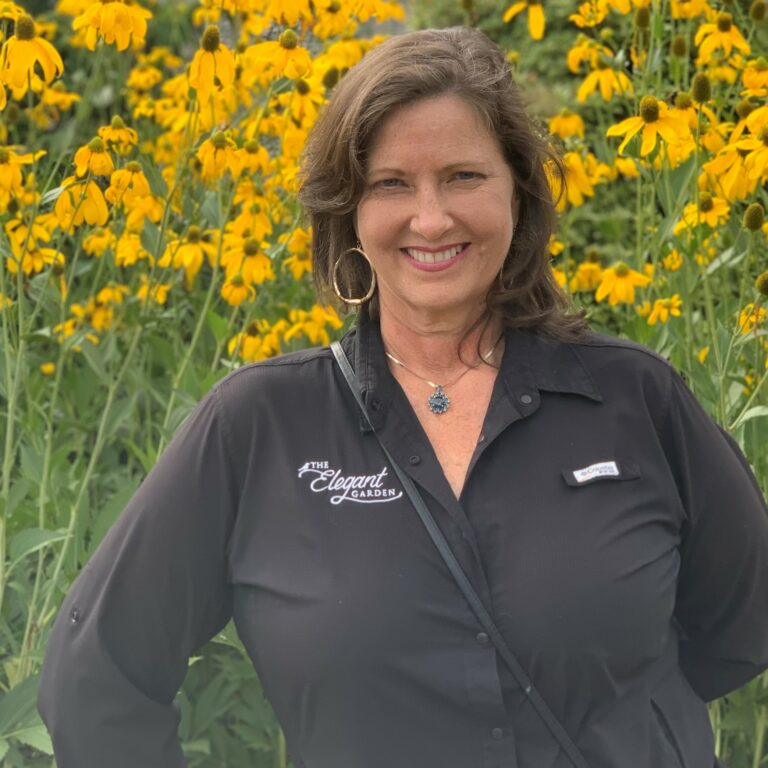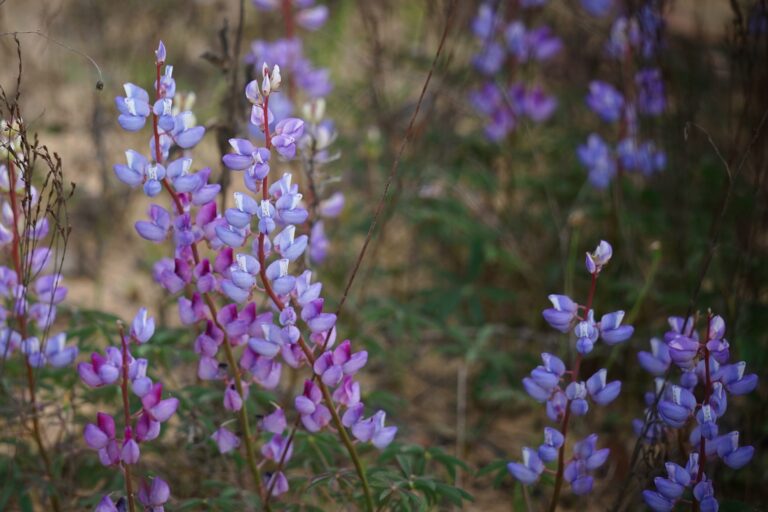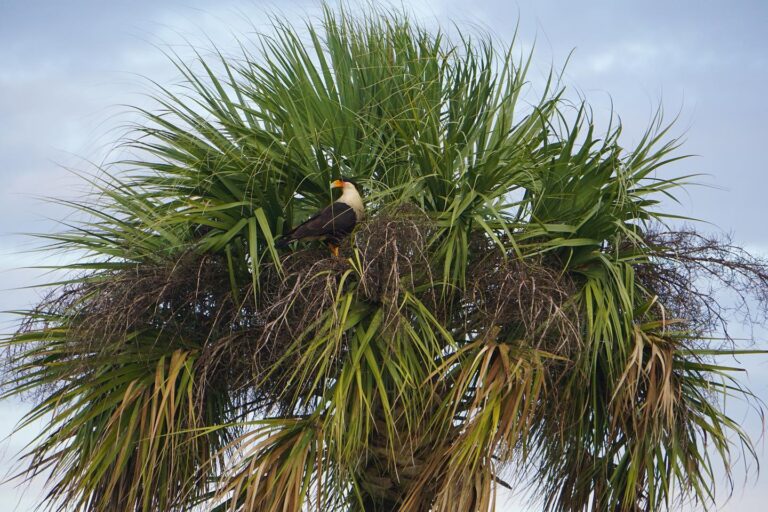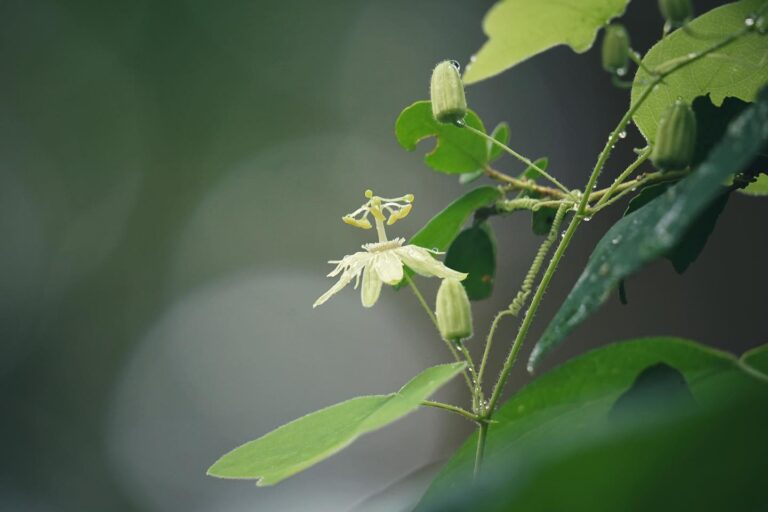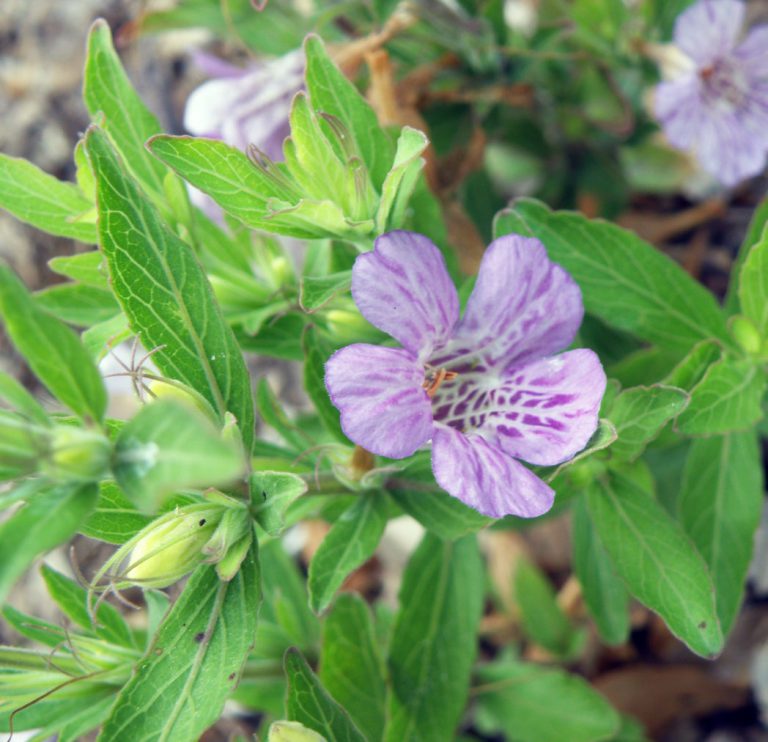Wild garlic
Wild garlic (Allium canadense var. canadense) is a grasslike perennial with lovely clusters of flowers. It blooms primarily in late winter and spring and attracts many insects, including moths and native bees; honeybees tend to dislike it. Wild garlic has a strong, tell-tale smell of garlic or onion. All parts of the plant are edible and may be prepared the same as garlic or onions. Bulbs may be eaten raw, sautéed, pickled or roasted. Use the young leaves as you would chives.
